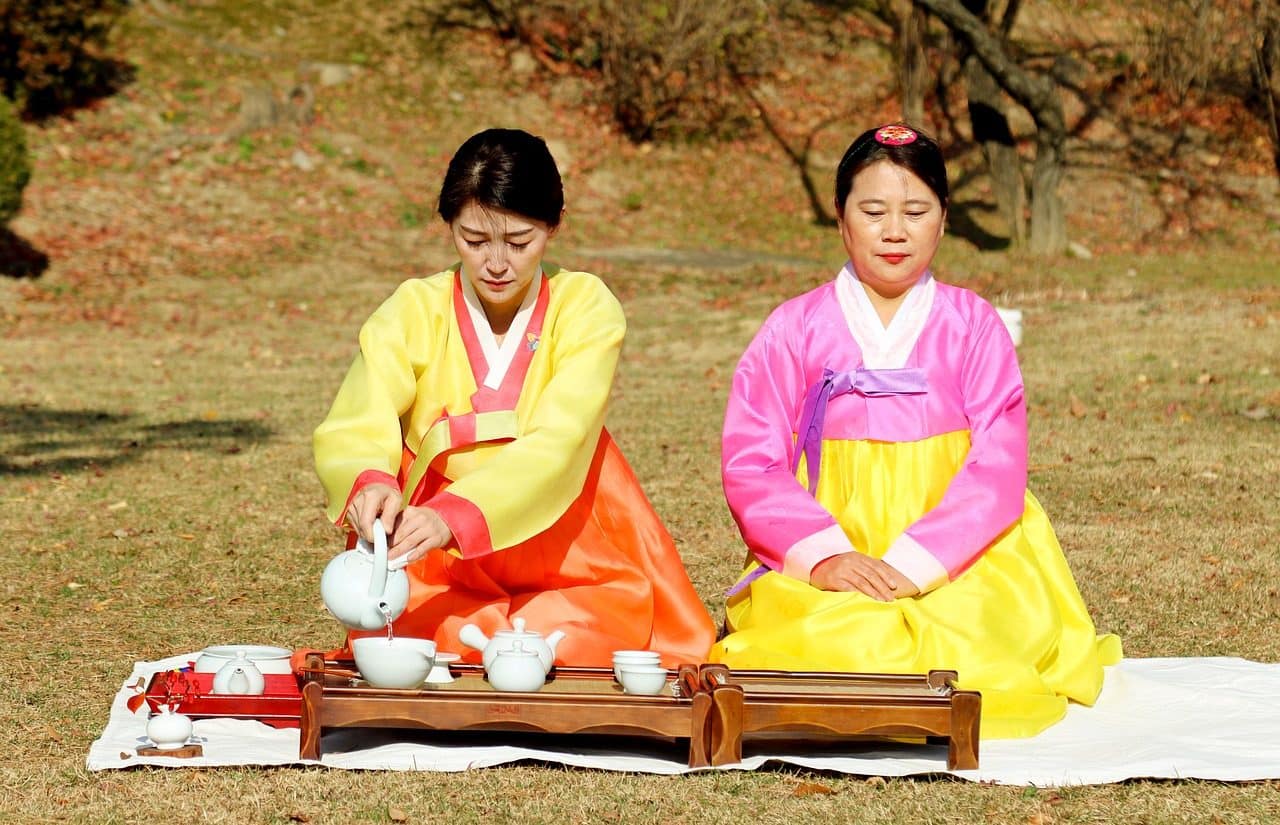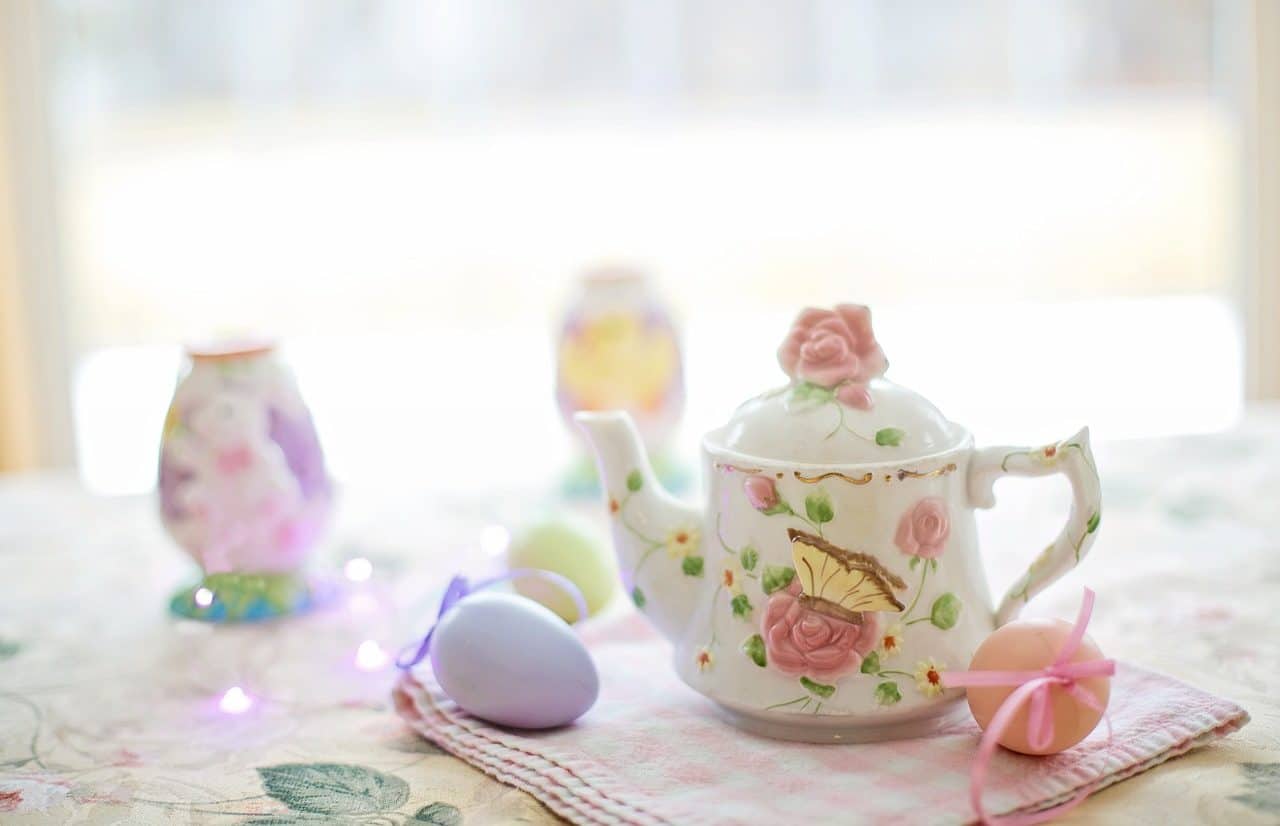
A milk tea can be a great option at breakfast time, while English tea or rose petal tea can be used for special occasions or to entertain a loved one.
Tea is an infusion that millions of human beings ingest daily, throughout the entire planet. This drink, which is usually served hot, although there are also cold and even iced versions, is made by taking advantage of the shoots and leaves of a plant called Camellia sinensis .
According to official data released in May 2023 , the Argentine Republic has managed to position itself in number nine on the list of tea producers worldwide, being the most important within the American continent. The largest national production is concentrated in the Argentine province of Misiones . Both China and India , meanwhile, are identified as the countries where the most tea is produced.
Every May 21 , a date that, at the initiative of the United Nations , is used as International Tea Day , it is used to spread the benefits of this product, multiply its scope and raise awareness about the importance of implementing sustainable procedures linked to the generation, commercialization and tea consumption.
History and characteristics of tea
When researching the history and particularities of tea , it is discovered that it is a resource that has been used for a long time.
There are records that date the beginnings of the practice of adding leaves from the tea plant to a little boiled water to flavor it in the year 250 BC. C. , taking Chinese territory as a setting.
This drink , in addition to achieving immense popularity, revolutionized culture , inspired a tradition that is still in force and even gained fame as an ally of relaxation , well-being and good health .
It is worth noting that, for a large number of human beings, enjoying a cup of tea is a pleasant experience that requires the development of a series of steps characterized by delicacy and beauty in the choice and manipulation of specific elements to prepare and serve the infusion .
It is possible, today, to distinguish between the European imprint on the tea ritual marked, specifically, by a habit of British origin that has proposed five in the afternoon (in English the expression is five o'clock tea ) as « the time to share it and the oriental version tea ceremony . In Japan , where this product arrived in the 9th century by Buddhist monks from China , a very particular method has been developed for preparing and serving green tea using elegant tableware with Japanese ceramic cups and teapot .
It is also interesting to know or remember that this liquid preparation is considered an ingredient in both gastronomy and traditional Chinese medicine . For these people, offering tea is interpreted as a demonstration of respect, care, gratitude and consideration or as an excuse to share quality time with the family.

There are, in the world, many rituals around tea. You can recognize, for example, Korean, Japanese, Chinese and Taiwanese ceremonies.
In Russia , meanwhile, tea has been enjoyed since 1638 and has cold, hot and sweet versions. The most common variety is black tea , while the key device for preparation is known as a samovar .
Preparation process
The process of making this famous infusion has red soils as its starting point, ensuring that they have depth, fertility and good drainage. They can be prepared by hand or using agricultural machinery. Humid and warm climatic conditions are also required.
Tea cultivation is done from cuttings or seeds of the plant that provides the resources for the aforementioned drink. In most cases, to see a tea plantation up close you have to travel to a rural environment. The characteristics of each harvest depend on the variety of tea , the time of year and geography, among other parameters.
Experts in the flavor and quality of this essential product in millions of breakfasts and snacks maintain that, if the tea is harvested manually, the best raw material is obtained. The sun is essential for the wilting stage (a process necessary for the leaves to lose moisture), while the next step is to implement a rolling technique that depends on what kind of variety it is.
Long before reaching shops or homes in the form of bags or strands to be stored or consumed within a certain period of time, this resource is subjected to processes of oxidation, fixation and drying of the tea . In the last section, the leaves are selected and classified.

Teapots and cups are essential accessories when preparing and serving tea.
Types of tea
Regardless of the varieties mentioned in the previous paragraphs, there are many other types of tea , some of which we will describe below.
To the satisfaction of lovers of this infusion, there is an interesting range of options available where conventional and exotic proposals coexist.
Just as some point to oolong tea as their favorite (an alternative with a bluish hue that is considered a traditional tea of Chinese origin), others have Earl Gray tea among their favorite drinks, a mixture that is flavored with bergamot oil. Turkish tea also has numerous followers, as does cinnamon tea , to add another of the available possibilities.
In the desire to feel better and speed up the recovery process when suffering from certain discomforts, many people tend to rely on the benefits of lemon tea . Likewise, it is recommended to drink chamomile tea to promote rest and relaxation and ginseng tea if you are looking for an aphrodisiac drink. Those who prioritize antioxidant infusions, for their part, should not overlook blueberry tea , rooibos tea or the aforementioned green tea .
